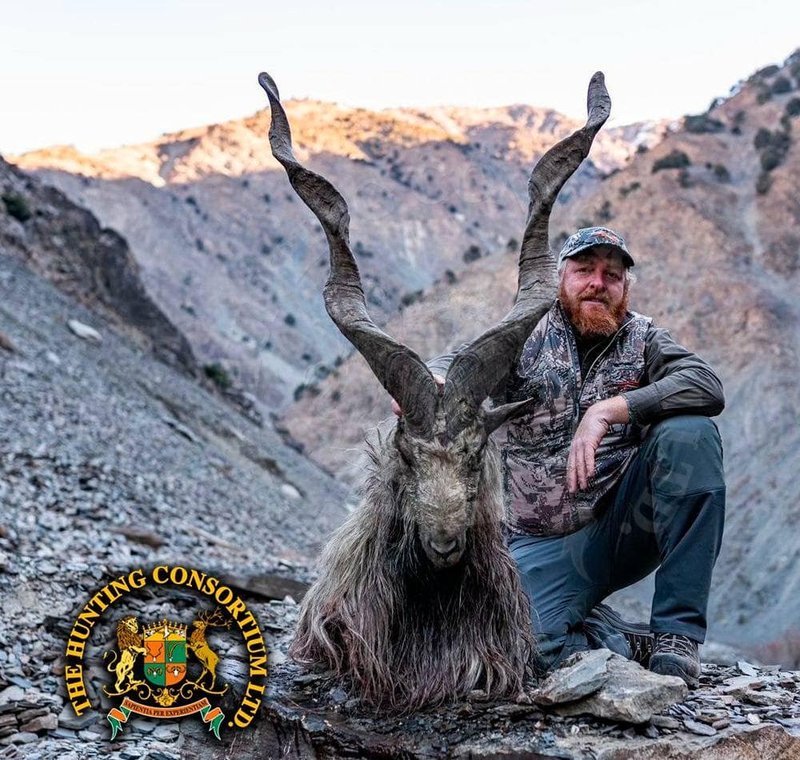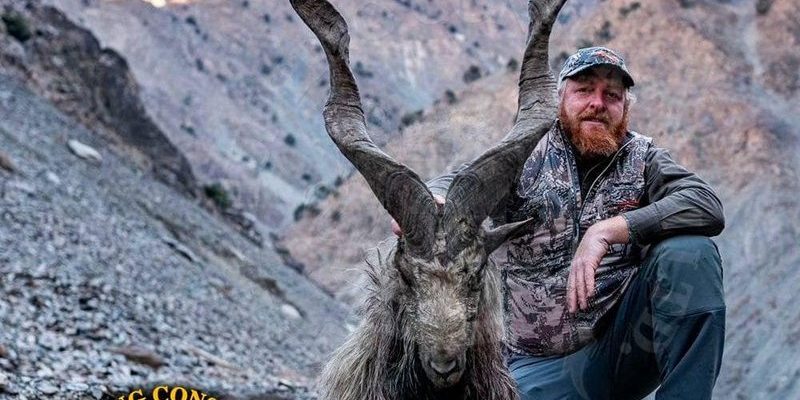
The markhor isn’t just a striking animal with its long, spiraled horns; it’s also a survivor. These goats are skilled foragers, having developed specific dietary habits and hunting tactics that allow them to thrive in their challenging environment. In this article, we’ll explore what the markhor eats, how it hunts, and why understanding these behaviors is essential for conservation efforts. So grab a coffee, and let’s dive into the world of the markhor!
Markhor’s Natural Habitat
To fully appreciate the markhor’s diet and hunting strategies, it helps to understand where it lives. The markhor primarily inhabits the mountainous regions of Pakistan, Afghanistan, and parts of Tajikistan and India. These areas are known for their steep cliffs and rocky terrain, which can be both challenging and rewarding for the markhor.
The dry, rugged landscape might seem like a tough place for any creature to survive, but the markhor has evolved beautifully to fit this environment. Picture them expertly navigating through rocky outcroppings, leaping from ledge to ledge with ease. Their hooves are specially adapted for gripping uneven surfaces, allowing them to escape from predators and access food that others can’t reach. This habitat isn’t just a backdrop; it’s a crucial part of how these incredible animals live and thrive.
The Markhor’s Diet
Now, let’s get into the nitty-gritty of what the markhor actually eats. These goats are herbivores, which means their diet consists mainly of plants. They enjoy a varied menu full of leaves, grasses, and shrubs. But here’s where it gets interesting: the markhor has a preference for higher-altitude vegetation, like tender shoots and roots, which are more abundant in their rugged habitat.
Markhors are also known to nibble on the bark of trees, particularly when other food sources are scarce. Imagine them using their strong teeth to scrape bark off branches, much like a chef peeling vegetables. This adaptability is key to their survival, especially during harsh winters when food becomes limited.
Seasonal Dietary Changes
As the seasons change, so does the markhor’s diet. During spring and summer, they feast on lush, green foliage, which provides them with the nutrients they need to stay healthy. However, as autumn approaches, they’ll switch to tougher plants and shrubs to sustain themselves through the colder months. This ability to adapt their diet based on seasonality is a prime example of their survival instinct.
How Markhors Hunt for Food
You might be wondering, “How do markhors actually hunt for their food?” While they don’t hunt in the traditional sense—like a lion stalking its prey—they are skilled foragers. Their hunting strategy revolves around exploring their environment and utilizing their keen sense of sight and smell to locate food sources.
Markhors will often roam in small groups, called herds, as they search for spots with plentiful vegetation. These herds provide safety in numbers, making it easier to spot potential predators while they graze. Honestly, there’s something quite charming about watching these goats communicate and work together, all while balancing on steep cliffs!
Foraging Techniques
When it comes to foraging, markhors use several clever techniques. They are known to be selective feeders, meaning they don’t just munch on anything in sight. Instead, they can assess the quality of the plants available—choosing the most nutritious options. This selectiveness helps them maintain their energy levels and stay healthy, especially when food becomes scarce.
The Role of Predators
But markhors aren’t just foraging freely without any worries. They share their habitat with various predators, including wolves and leopards. These predators play a significant role in shaping the markhor’s behaviors. For example, markhors are incredibly alert and will often watch for danger while eating. Their strong survival instincts prompt them to stay vigilant, ensuring they’re ready to escape should a predator come too close.
In response to threats, markhors can climb steep cliffs with astonishing ease. It’s like they have a built-in escape route! Their agility and speed allow them to outmaneuver predators, using their environment to their advantage. This dance between predator and prey adds depth to their survival strategies, creating a dynamic balance in their ecosystem.
Conservation of the Markhor
Understanding the markhor’s diet and hunting strategies is crucial, especially when considering their conservation status. Over the years, habitat loss and hunting have significantly impacted their populations. By learning about their behaviors and needs, we can better understand how to protect them.
Conservation efforts are underway to ensure these majestic animals don’t vanish from the mountain landscapes they call home. Organizations have been working to create protected areas, develop community education programs, and reduce poaching activities. These initiatives not only help the markhor but also foster a greater appreciation for wildlife conservation.
Why the Markhor Matters
So, why should we care about the markhor? Beyond their fascinating diet and survival strategies, markhors play a vital role in their ecosystem. As grazers, they help maintain plant diversity and health in their habitats. A balanced ecosystem benefits countless other species, making the markhor a key player in its environment.
Ultimately, understanding the markhor’s ways of life highlights the importance of protecting these unique creatures and their homes. They are reminders of the delicate balance of nature and the interconnectedness of all living things.
In conclusion, the markhor is much more than just a stunning animal with impressive horns. Its diet, hunting strategies, and the challenges it faces all tell a story of resilience and adaptation. By appreciating and protecting these magnificent creatures, we contribute to the continuing narrative of life in the wild, ensuring that future generations can also marvel at the markhor’s beauty.

